After a 7.0 magnitude earthquake rocked eastern Russia, officials quickly warned that the region could experience tsunamis, prompting the declaration of a tsunami warning.
However, within a day, another disastrous situation arose — that of a volcano eruption in this same area of Russia.
A Severe Earthquake
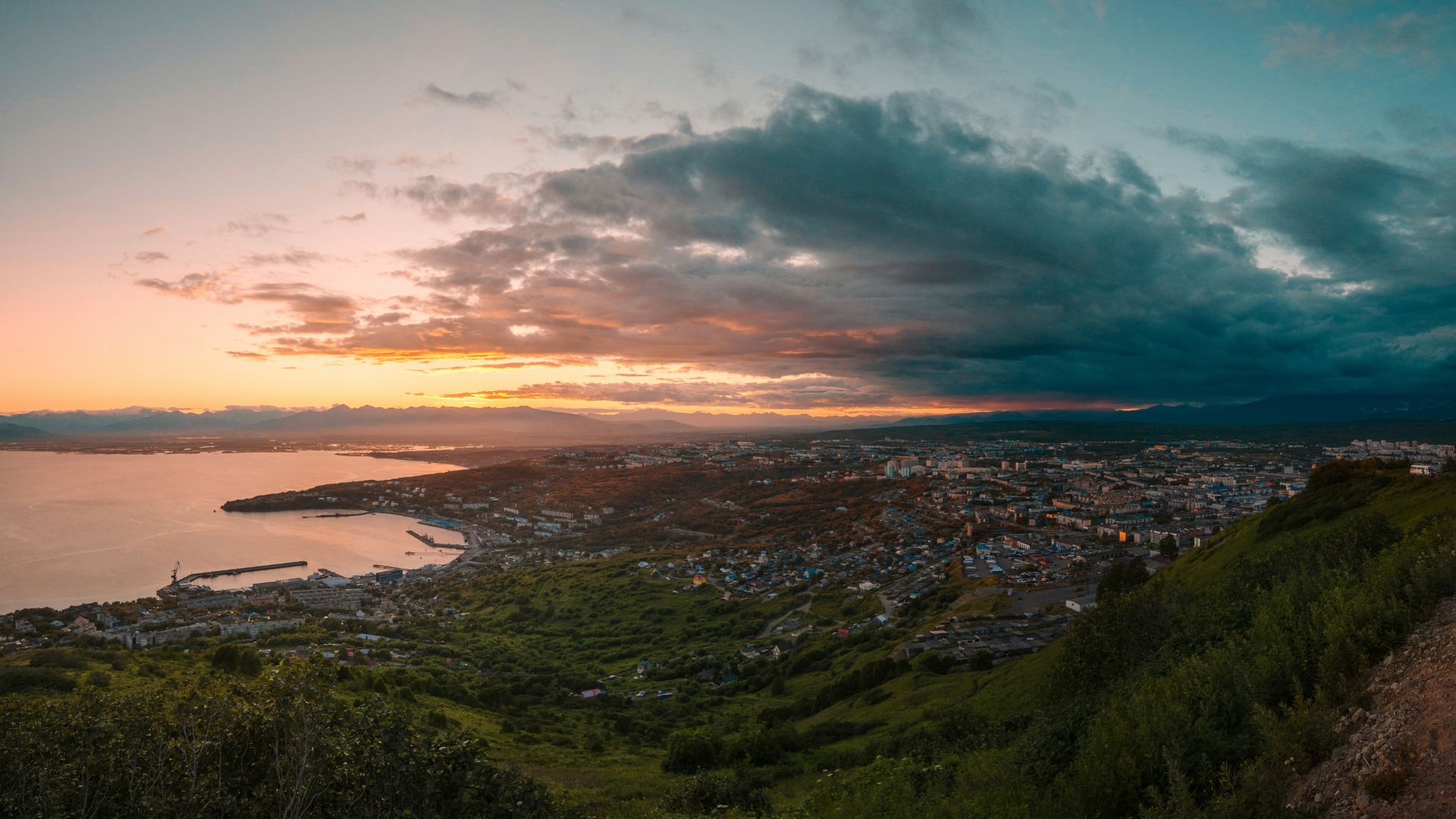
This latest earthquake seen in Russia occurred about 63 miles east of the coastal city of Petropavlovsk-Kamchatsky. This town has a population of 180,000.
The U.S. Geological Survey revealed that the 7.0 magnitude quake occurred about 18 miles below the Earth’s surface.
Where This Earthquake Occurred
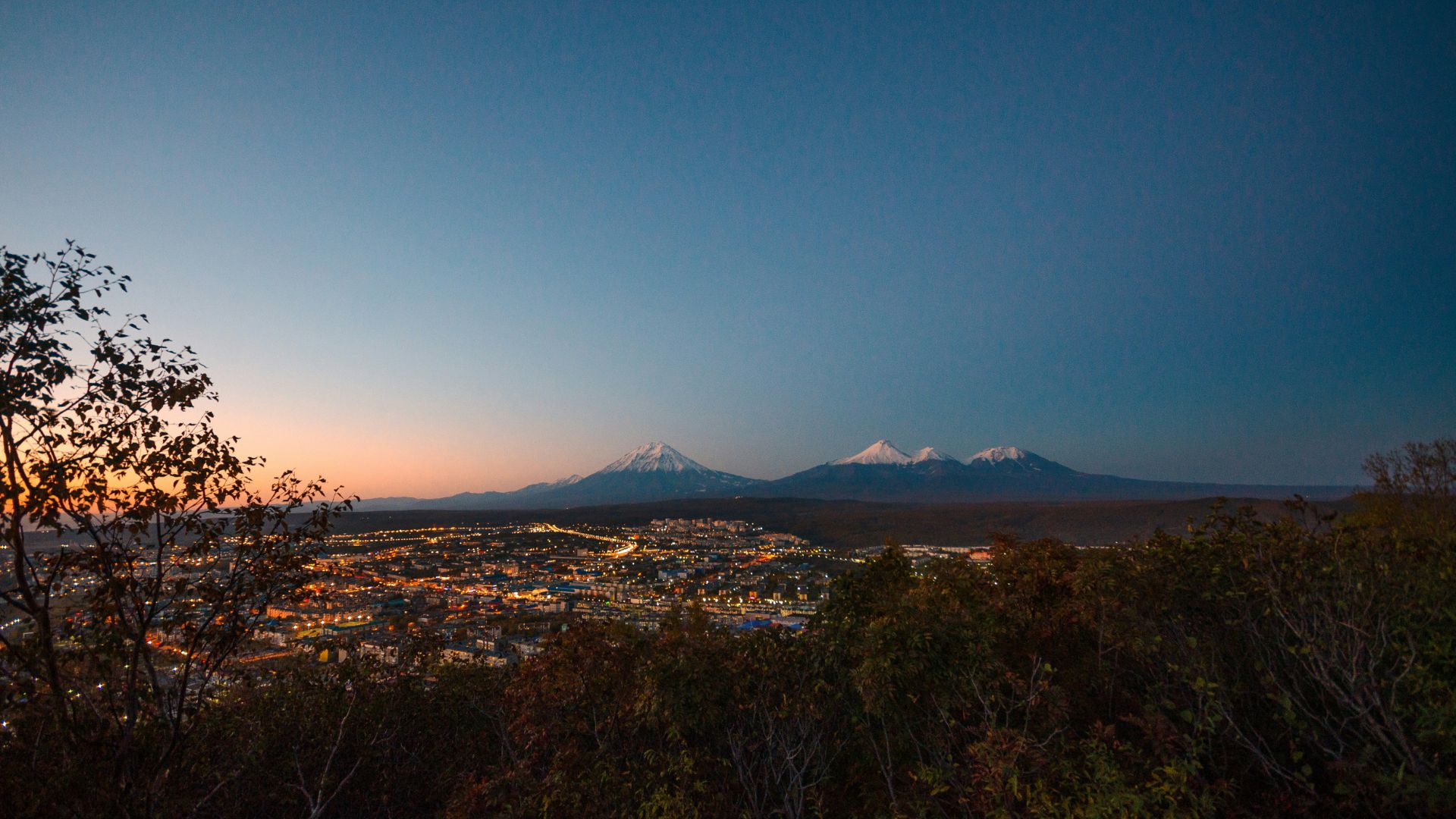
So far, there have been no reports of any major damages after this earthquake, and it appears that there have been no injuries.
This earthquake also occurred near a major naval base and happened on August 17.
Volcanoes and Naval Bases
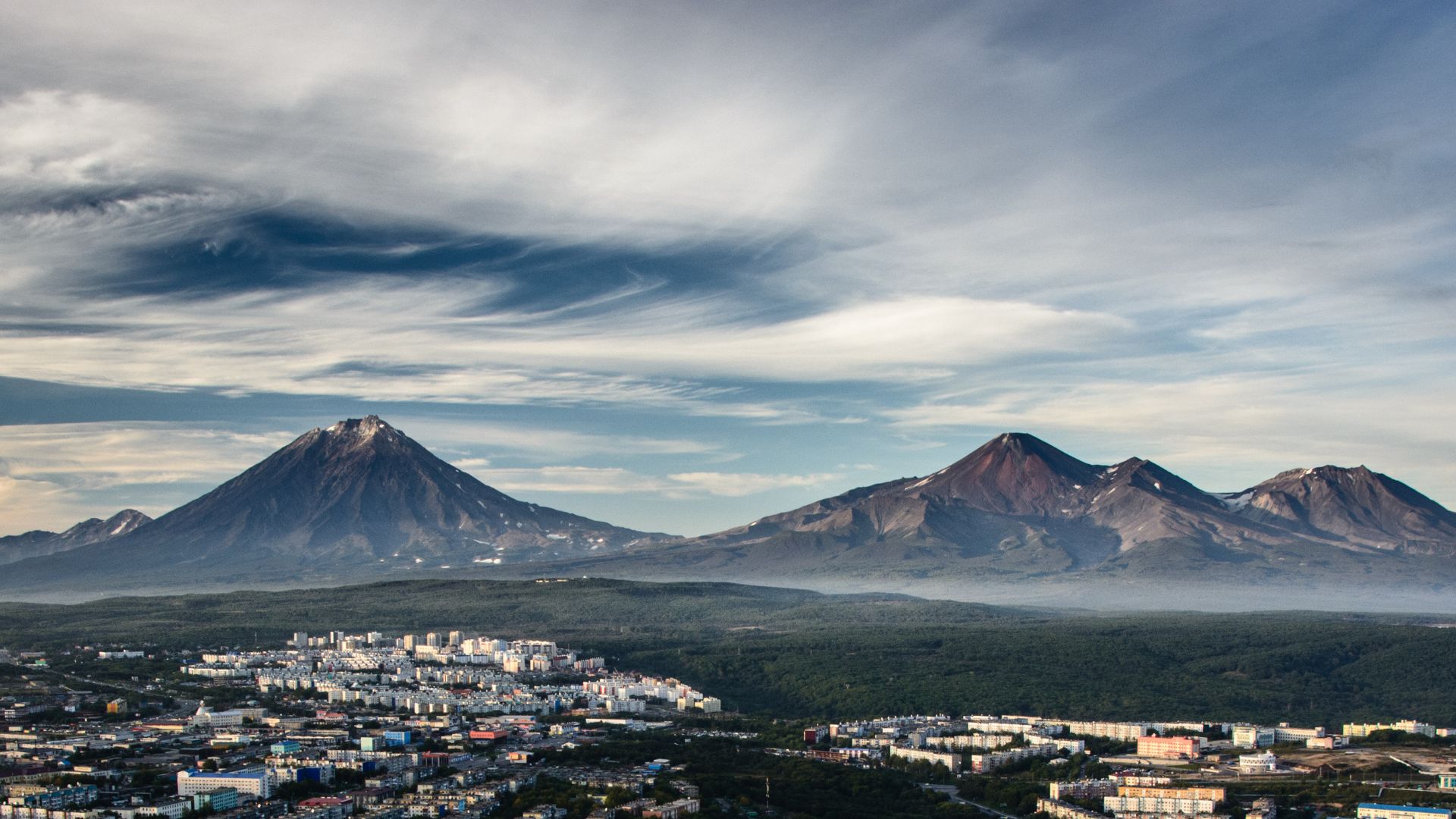
Notably, Petropavlovsk-Kamchatsky is located across a bay from a vitally important submarine base for the country.
This port town also happens to be surrounded by various volcanoes — now which have caused something of a problem for this region.
Buildings Are Being Inspected

Operational teams of rescuers and firefighters have been inspecting buildings to ensure that nothing is damaged. These checks are also important so they can ensure that the buildings won’t harm people in the coming days.
Given the scale of the earthquake, many were surprised to find that no buildings were damaged and no people were injured, with many counting their blessings.
Several Aftershocks Were Recorded
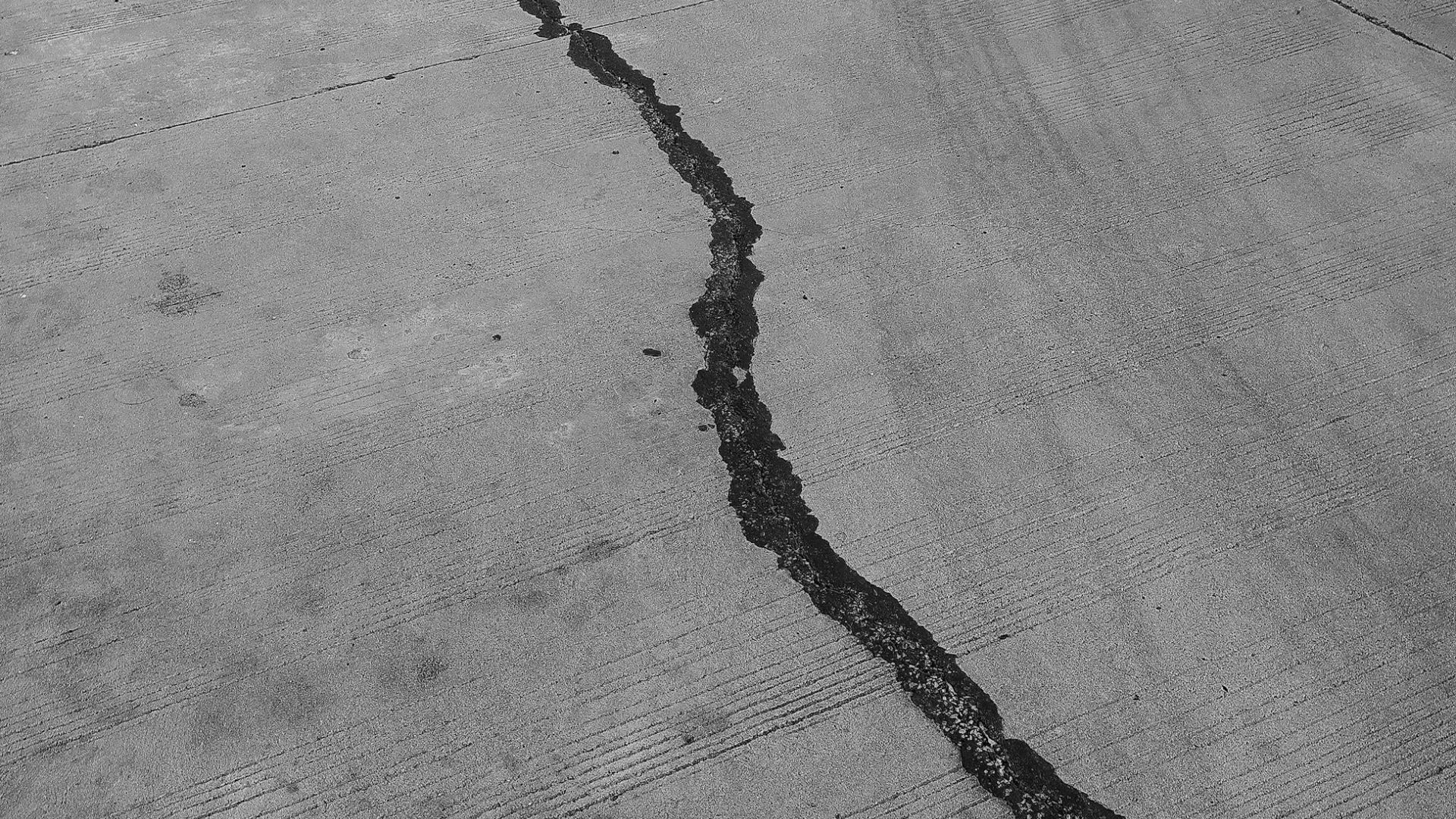
As expected with an earthquake of this scale, there were several aftershocks after the initial earthquake. Luckily, these were of much lower intensity.
The aftershocks were so low on the magnitude scale that those in the area could barely feel them. Locals are hoping that this is the most they will experience.
Tsunami Warnings

After this earthquake rocked this area of Russia, officials quickly warned that tsunamis could be seen within 300 miles of this quake’s epicenter.
The U.S. National Weather Service’s Pacific Tsunami Warning Center in Honolulu made this initial announcement, as tsunami waves could travel far because of this earthquake. However, these warnings were eventually lifted once there was no longer a threat.
Local Officials Didn’t Issue Tsunami Warning
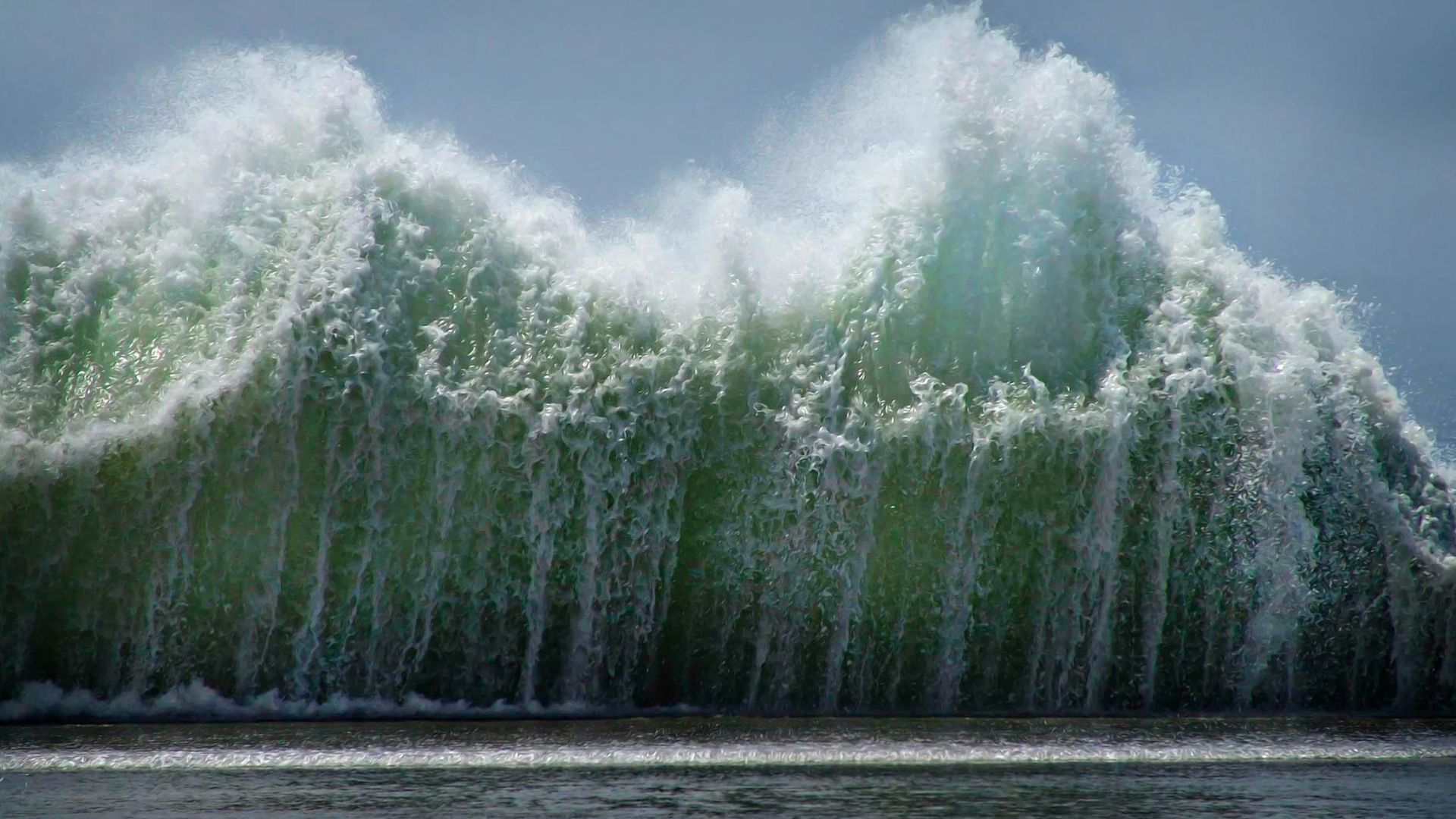
Despite U.S. warnings of a tsunami in Russia, the Russian Emergencies Ministry didn’t believe there was any tsunami danger.
This has caused many to question whether there were any tsunami threats in the first place. If there was a threat, some are worried that a tsunami could still happen despite reassurances that it won’t.
Sea Fluctuations

Though the tsunami warnings were lifted, officials did explain that coastal areas near this quake site could experience minor sea fluctuations.
These experts stated that these sea fluctuations could be seen in this region for the next several hours. However, no tsunami would threaten these areas.
A Second Earthquake?
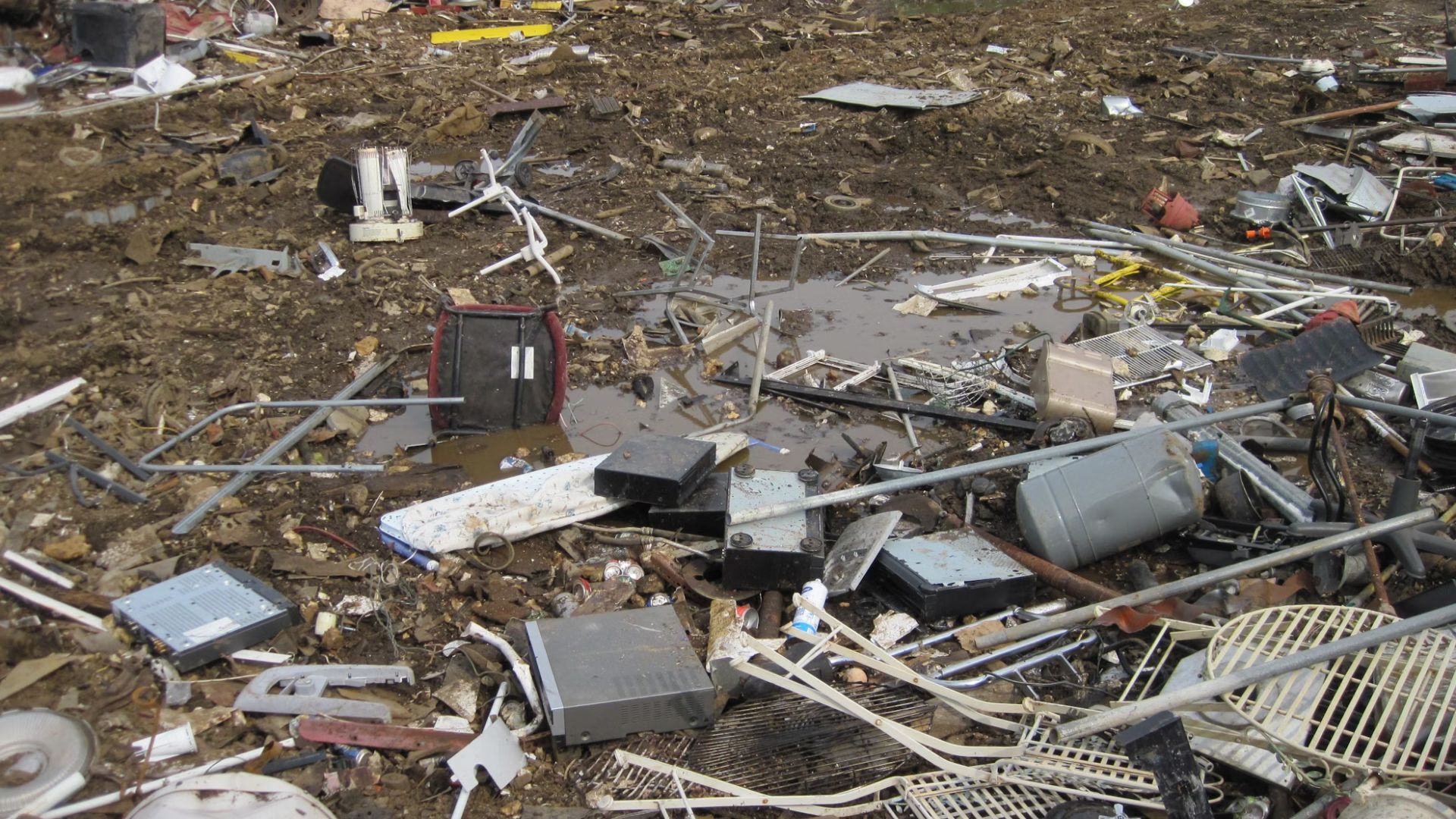
Due to tremors being felt in the area, Russian scientists have warned that an even stronger earthquake could occur there.
There were some worries that a second earthquake could occur within 24 hours of the first one, which was predicted to have a 9.0 magnitude. Thankfully, this hasn’t happened.
Plates Are Moving
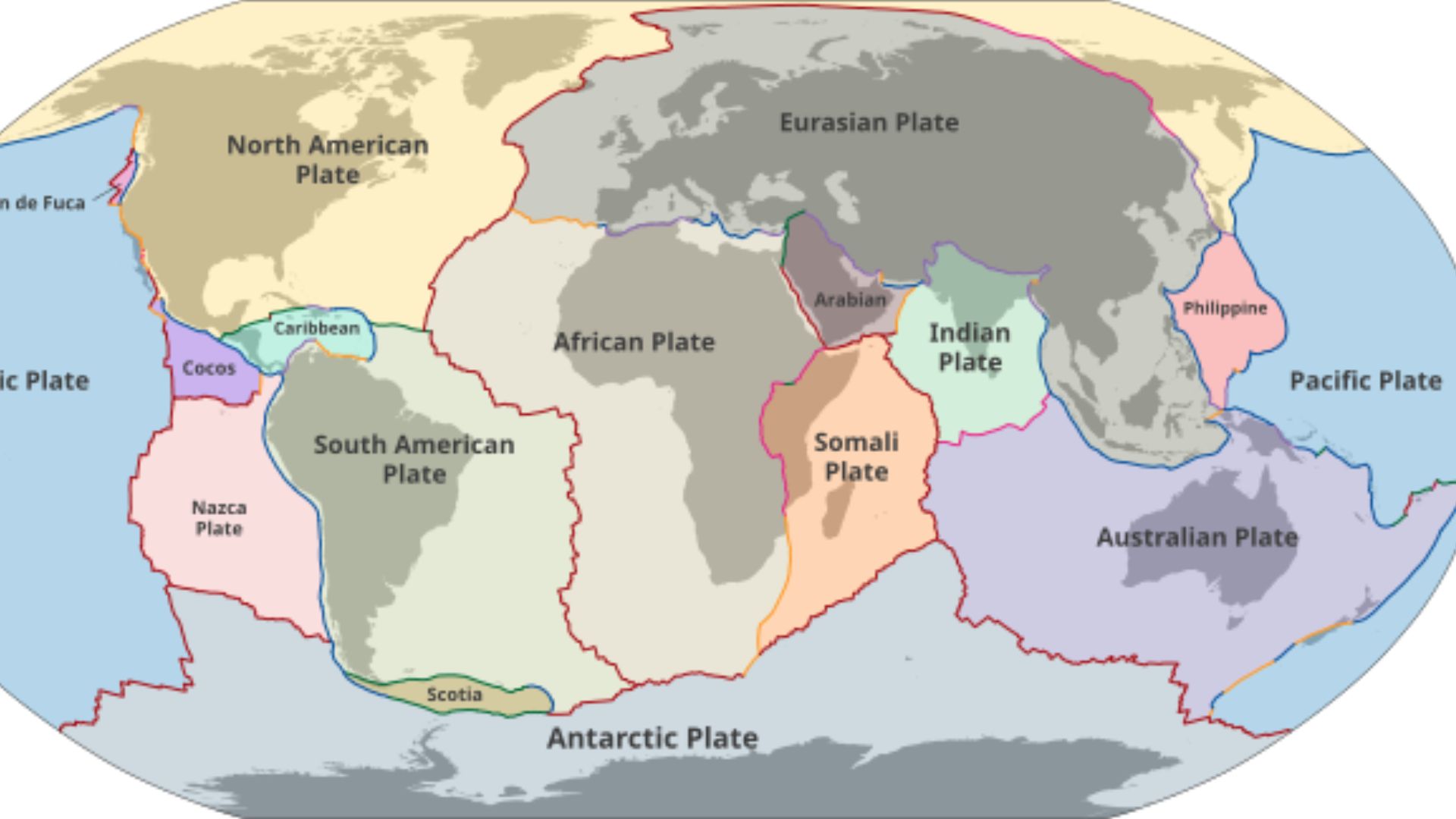
According to the USGS, “The Pacific plate is moving west-northwest with respect to the North America and Eurasia plates.” This is all happening at the location of the earthquake.
They then went on to say, “Some authors divide this region into several microplates that together define the relative motions between the larger Pacific, North America and Eurasia plates; in this depiction, the Kamchatka Peninsula is located on the Okhotsk microplate, which is part of the North America plate.”
A Sudden Volcano Eruption

After these tsunami warnings subsided, another warning was put in place. Thanks to this 7.0 magnitude earthquake, a volcano in eastern Russia erupted.
According to TASS, a Russian news agency, the Shiveluch volcano, which is located in the Kamchatka region, began to erupt after the earthquake rocked the area.
Ash Shot Over 32,000 Feet in the Air

The eruption was so severe that ash shot up to 32,800 feet, covering the local area. A hazard warning has now been put in place due to ash emission.
Locals have struggled to deal with the volcanic eruption’s aftermath and the layers of ash that have covered the land.
Ash Looking Like Snow
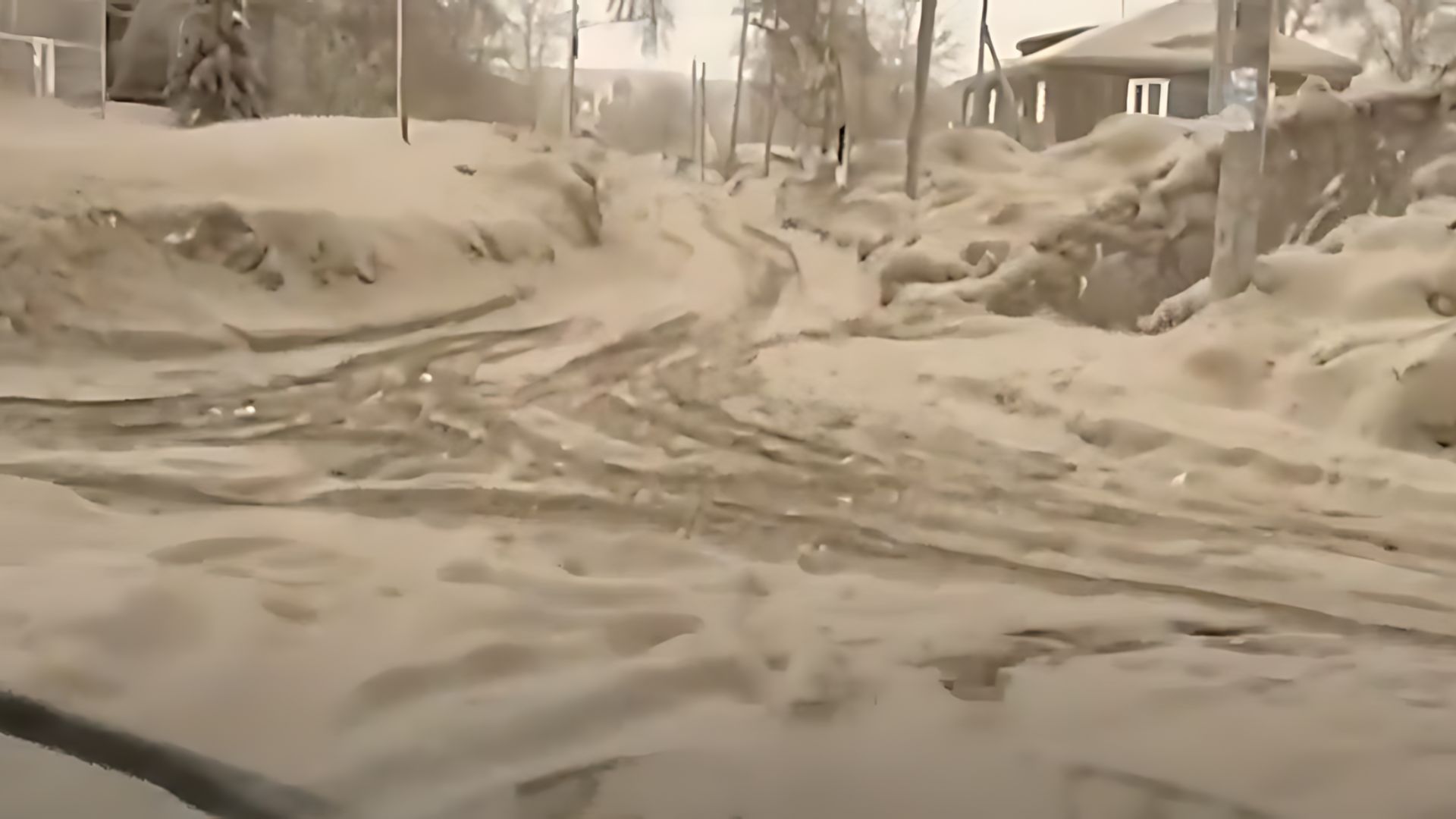
The ash covering the area was so thick that, at first glance, it looked like snow. The difference is that snow can melt, whereas volcanic ash takes a bit more time and effort to clean up.
What’s most important is not to clean up any ash until the ashfall has stopped. You can only put a little water on the ash to keep it out of the air. Too much water will turn it into a thick paste, making cleaning up even more difficult.
A Dangerous Volcano
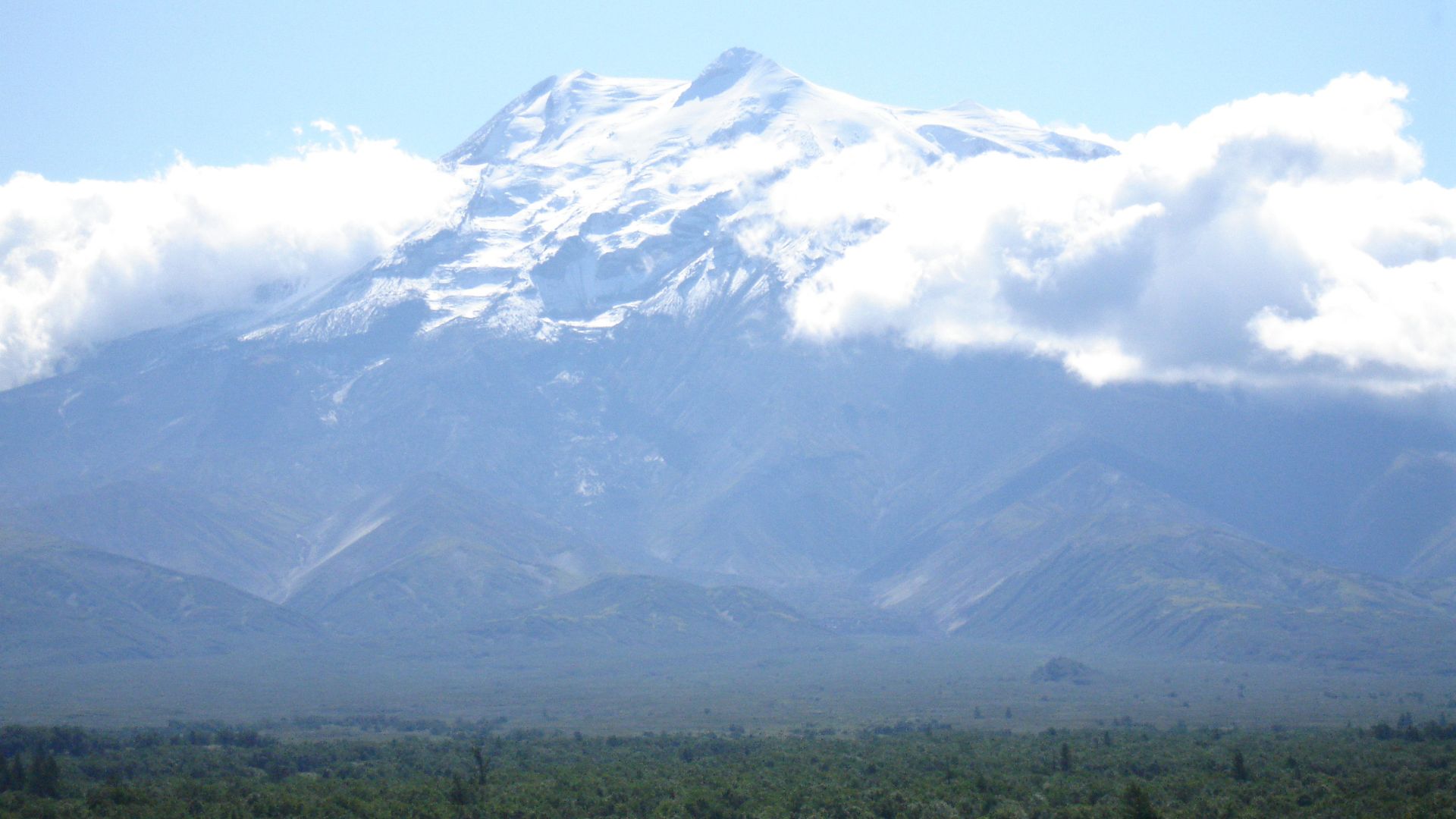
This volcano eruption is currently ongoing and could potentially become a dangerous situation for those who live in the region.
The Shiveluch volcano is about 280 miles from Petropavlovsk-Kamchatsky. However, experts have warned that the ash being emitted from the volcano could become a real problem.
An Ongoing Volcanic Eruption
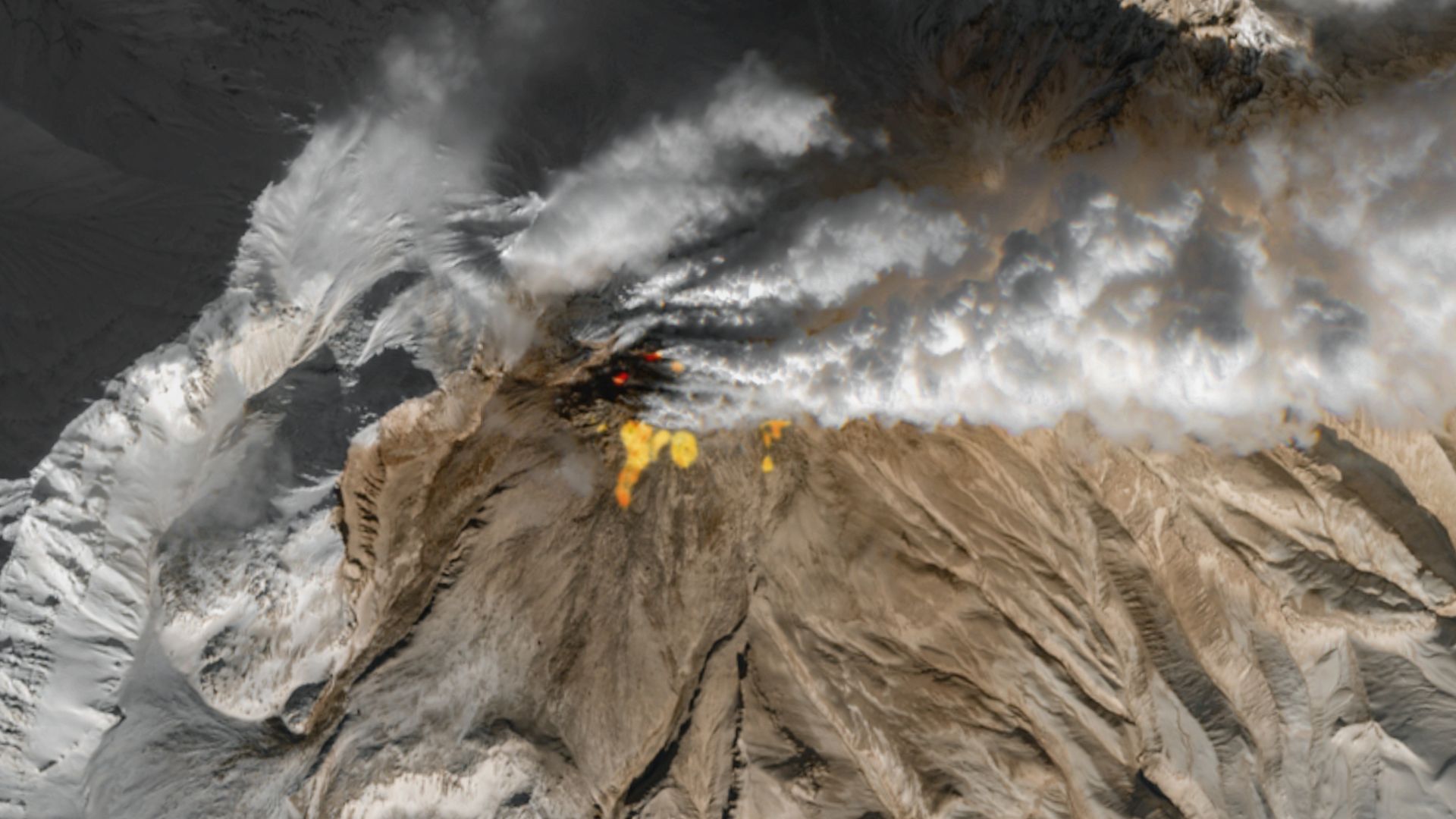
According to the scientists who talked to TASS, the volcano’s ash column is currently about five miles above sea level.
Meanwhile, the volcano is also releasing gushes of lava, combined with this massive ash column.
How This May Affect Residents
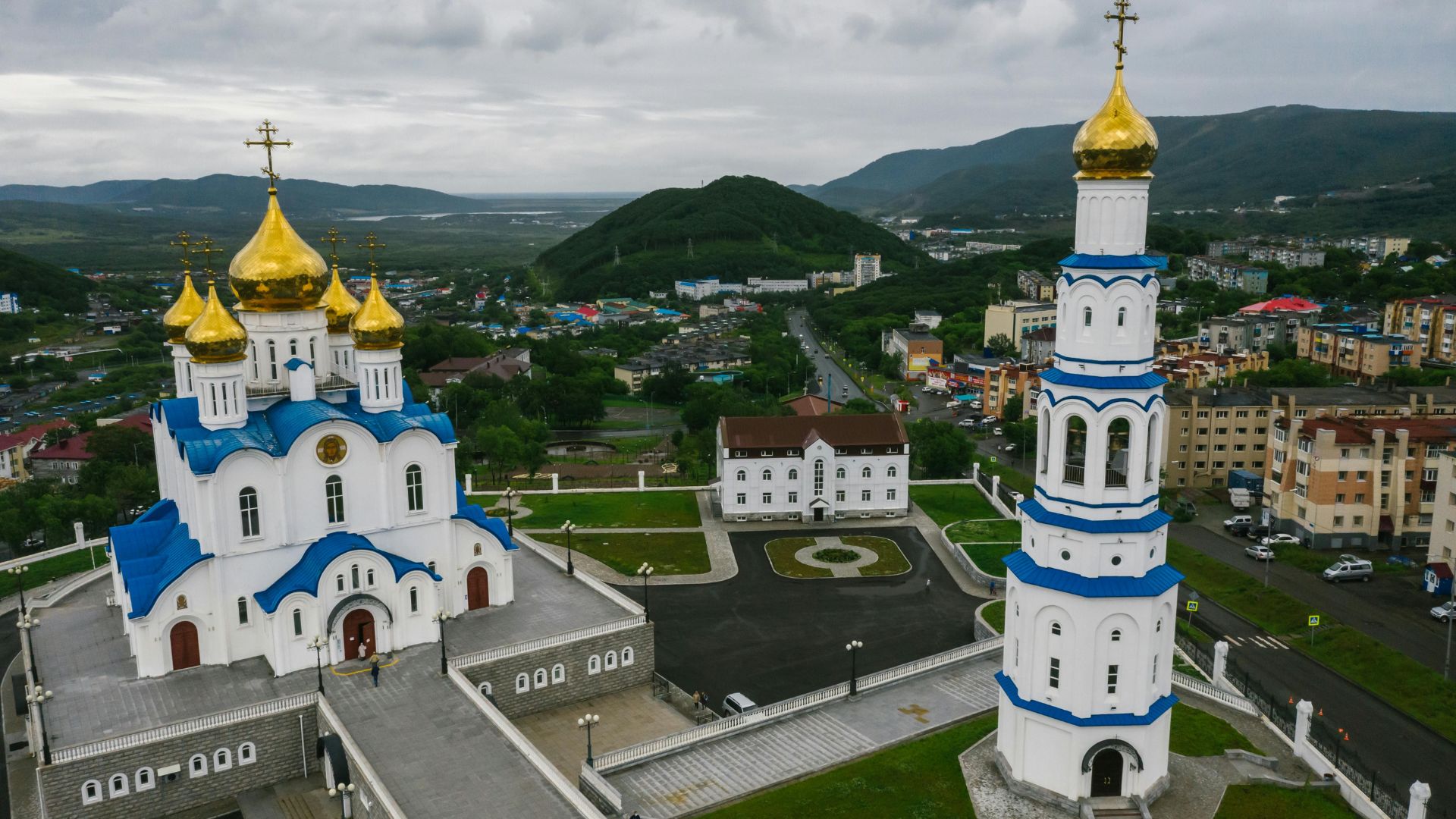
Russian officials have stated that this volcano likely won’t majorly impact any residents who live in the general area.
However, they did state that ashfalls may be seen in nearby towns where many people live. This may be the only impact that Russians see in their day-to-day lives.
Unrelated Events
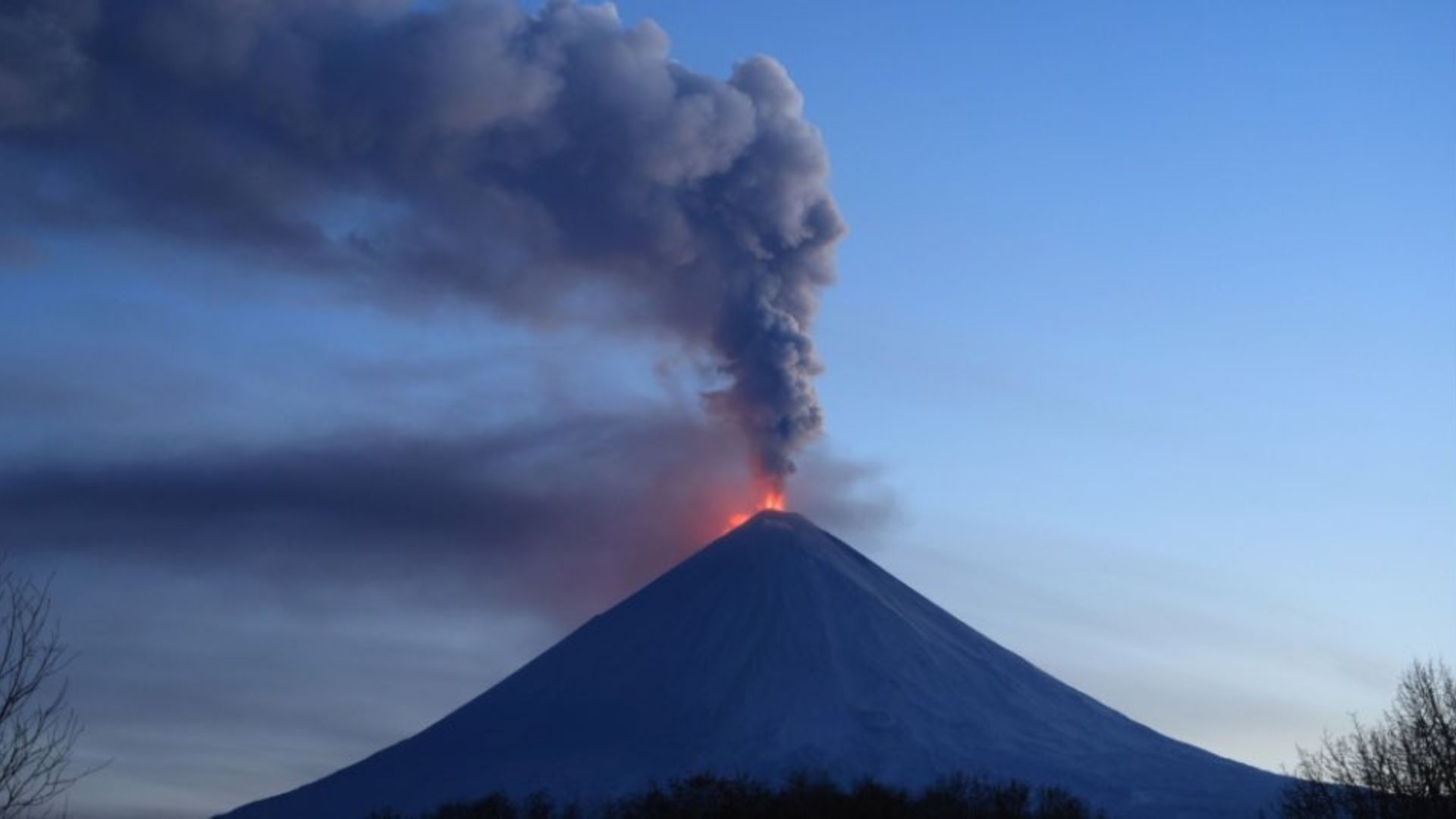
It is believed that the volcanic eruption and earthquake are two completely unrelated events; unfortunately, they happened around the same time.
However, this doesn’t stop the locals at the center of both events being worried that something similar or worse will happen in the future.
An Active Volcano
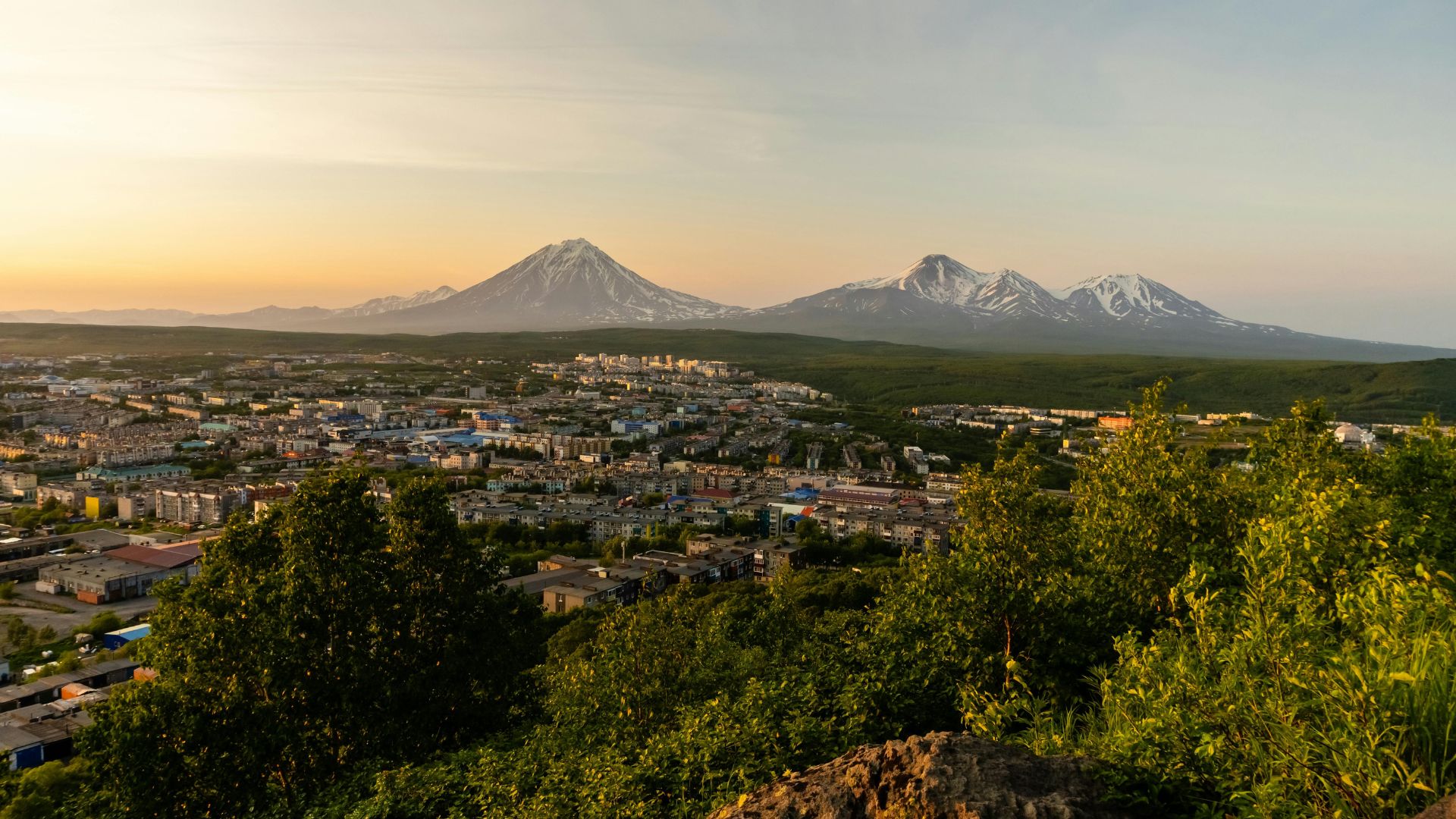
The Shiveluch volcano is considered to be one of Russia’s most active volcanoes. Shiveluch has erupted before, including recently in 2022.
However, the last major eruption was experienced in 2007. In the last 10,000 years, this volcano alone has erupted about 60 times.
Other Catastrophic Eruptions
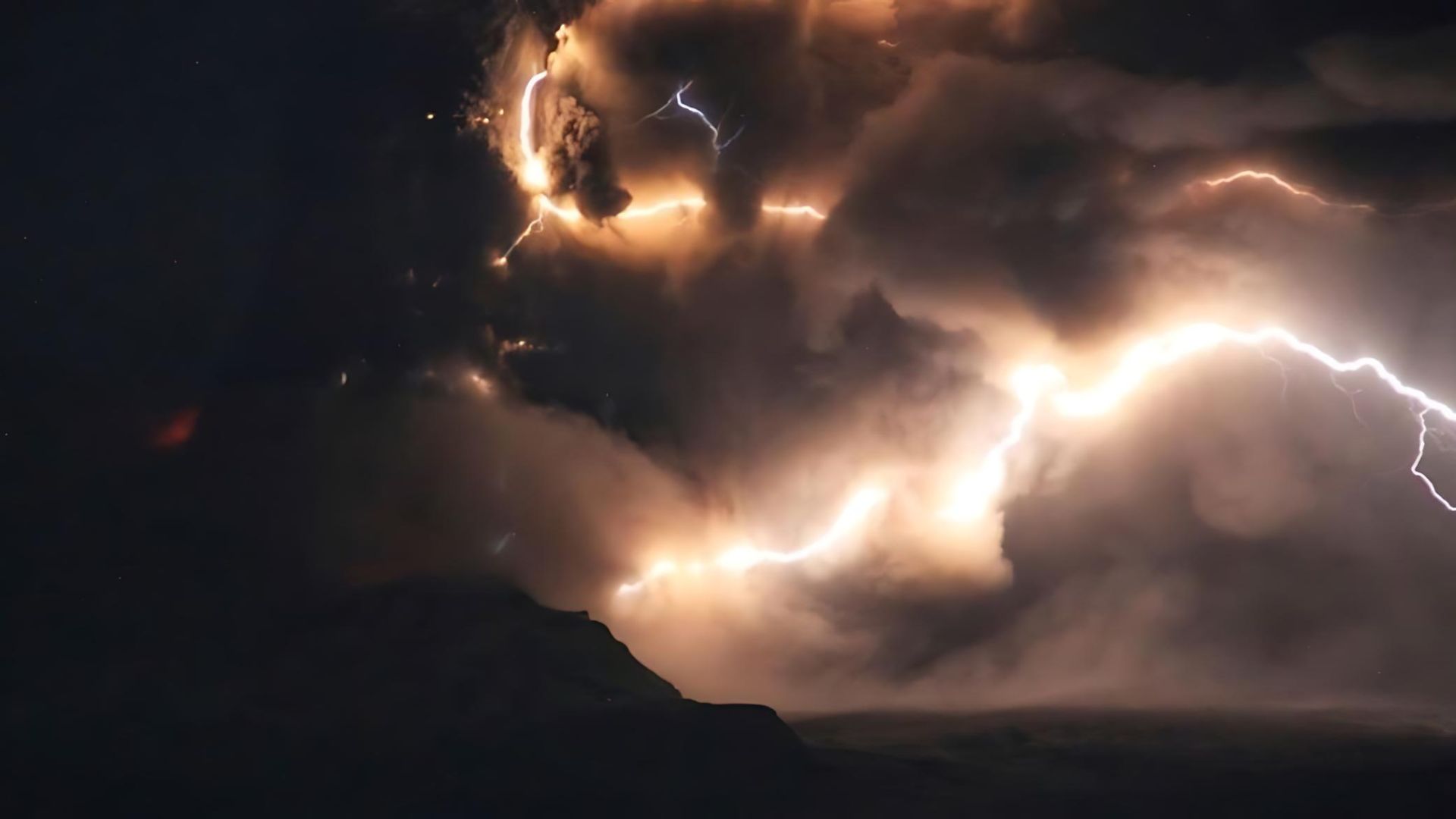
Shiveluch volcano has had other catastrophic eruptions in recent history. These took place in 1854 and 1956, when a large part of the lava dome collapsed, which created an avalanche of debris.
Due to the sheer volume of eruptions this volcano has had in recent history, including the most recent one, locals are worried about when the next one will be and the destruction it could cause.
Ring of Fire
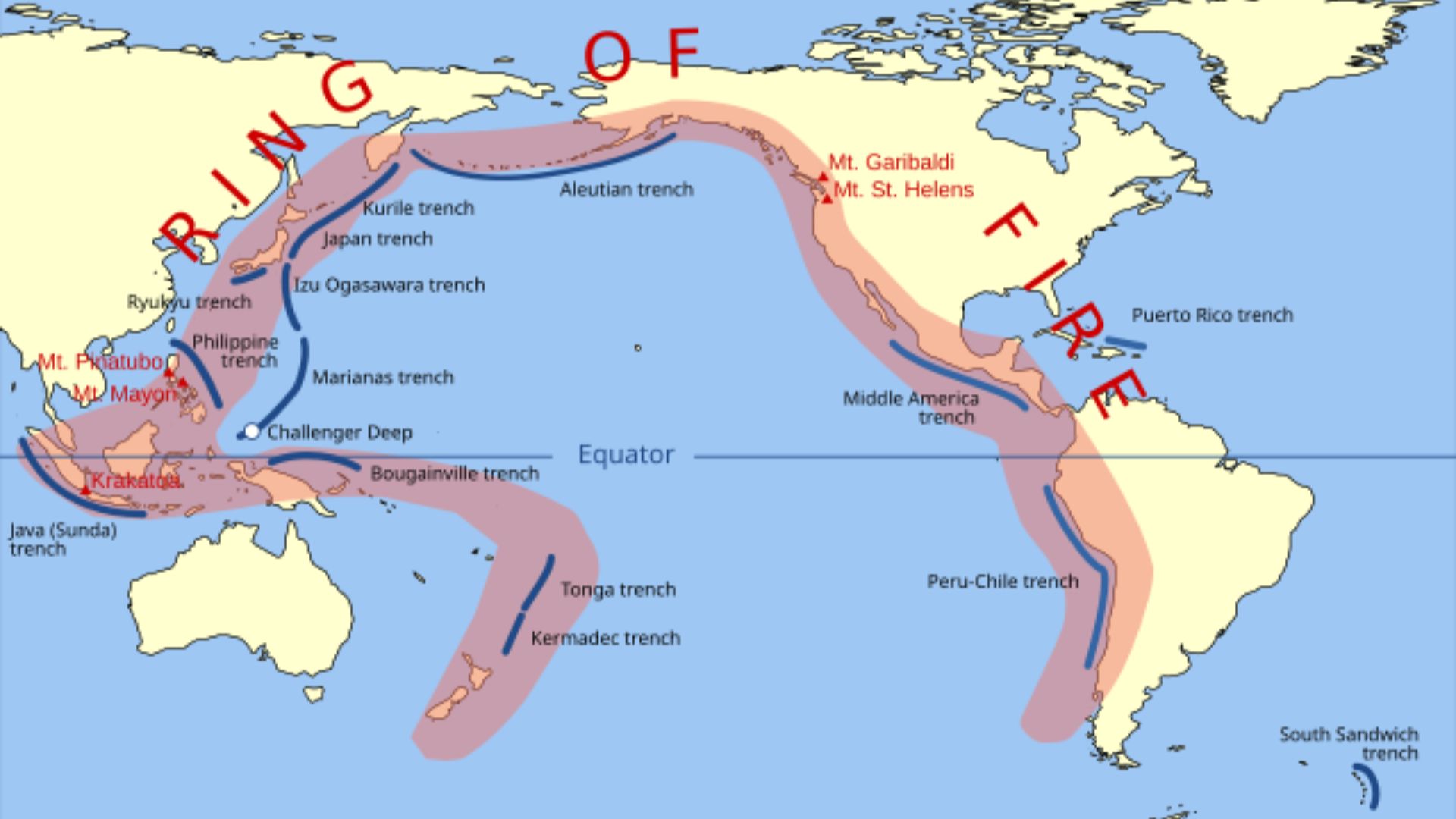
The peninsula is on a seismically active belt surrounding most of the Pacific Ocean. This is known as the ring of fire, which is home to more than two dozen active volcanos.
This means that there is always the danger of at least one of these volcanos erupting and wreaking havoc in its path.
Red Warnings for Aircraft

Aircraft flying in the region have been given a “red” code warning. This means that all craft should be on the highest alert, thanks to all of the ash that is now in the atmosphere.
Other countries in the region have noted that the volcano’s plume could extend 930 miles in the east and south.
No Flight Disruption

It has since been announced that no commercial flights have been disrupted, and no aviation infrastructure has been damaged. Hopefully, this will put people at ease if they intend to fly anytime soon.
However, the red alert is still in place for aircraft, so pilots need to remain on high alert for any dangers that could pose a threat to their plane and the passengers on board.
The Aftermath of These Events
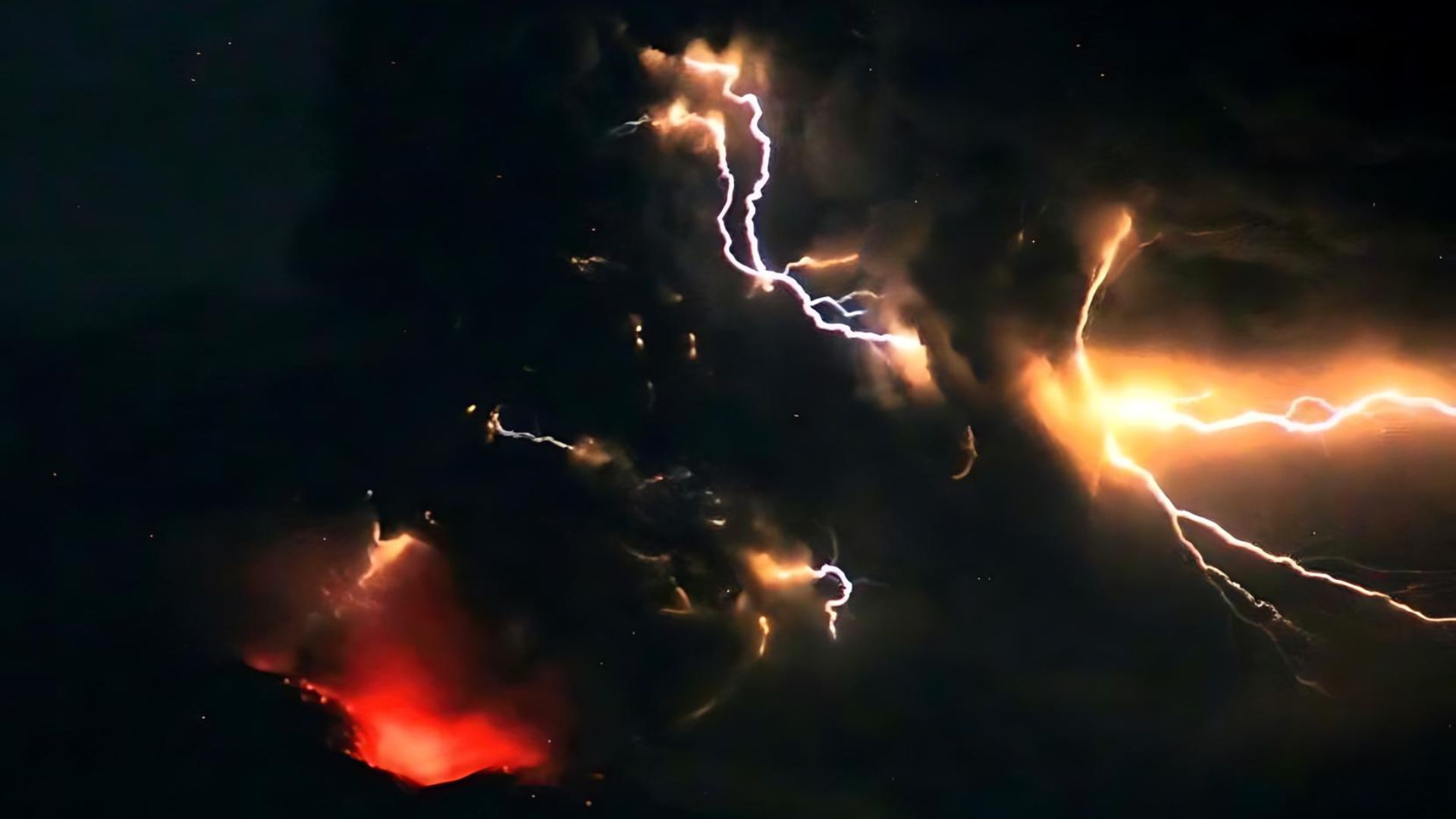
Being at the center of an earthquake can be worrying for anyone. Add a volcanic eruption and the potential for a tsunami, and it can cause many to panic.
Luckily, there have been no reports of injury or damaged buildings so far. As the cleanup of the fallen ash begins, there is hope that the local community can start to move on from these disasters and that nothing else will happen in the meantime.
